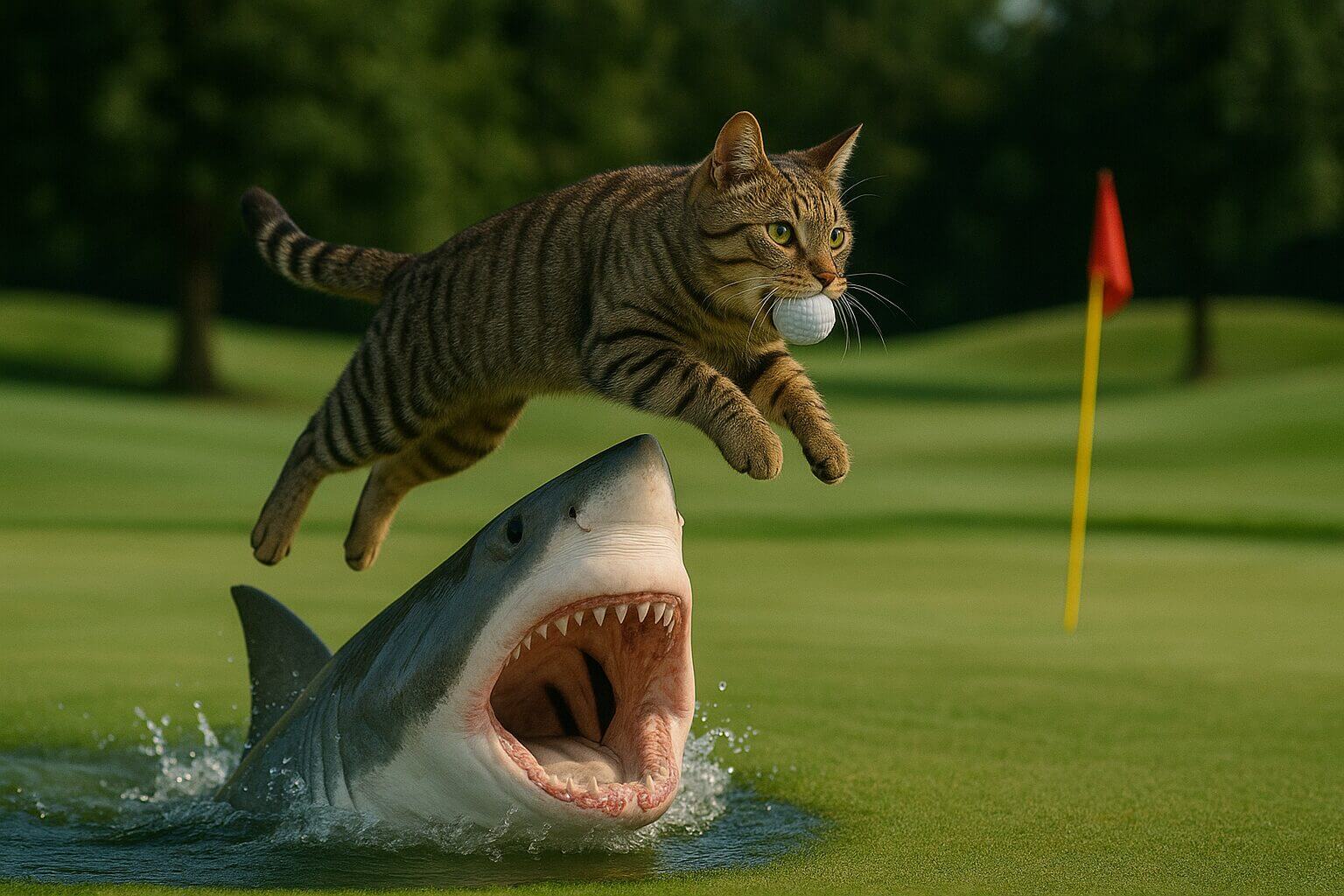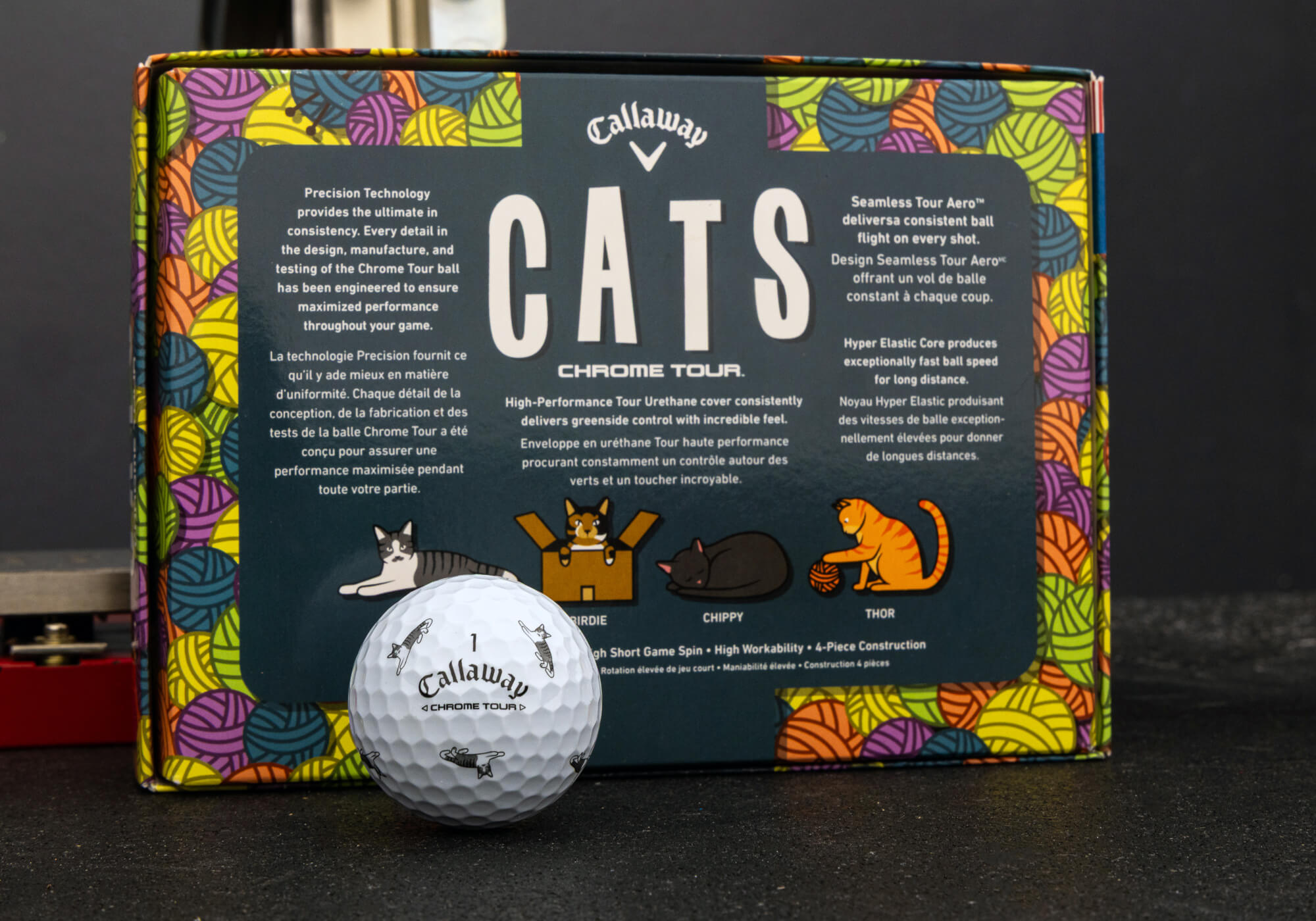Kai Trump, a granddaughter of President Donald Trump, will make her LPGA Tour debut next month after receiving a sponsor exemption to play in The Annika at Pelican Golf Club Nov. 13-16, the LPGA announced Tuesday.
Golfing News & Blog Articles
LPGA's penultimate event has 2 big-name draws. Neither are pros
The LPGA's penultimate event has a loaded commitment list that includes Nelly Korda. It also has two big names who aren't pros.
The post LPGA’s penultimate event has 2 big-name draws. Neither are pros appeared first on Golf.
'Nothing to do with equipment': J.J. Spaun reveals why he was benched at Ryder Cup
U.S. star J.J. Spaun revealed the real reason Keegan Bradley benched him during Ryder Cup foursomes matches in a recent podcast appearance.
The post ‘Nothing to do with equipment’: J.J. Spaun reveals why he was benched at Ryder Cup appeared first on Golf.
Scotty Cameron Studio Xperimental Limited offers Tour-inspired designs to the public
Scotty Cameron's Studio Xperimental Limited run of putters gives new Tour-inspired options to two popular mid-mallet shapes.
The post Scotty Cameron Studio Xperimental Limited offers Tour-inspired designs to the public appeared first on Golf.
Scotty Cameron Gets “Xperimental” With Two New Limited-Edition Putters
Scotty Cameron has two new Studio Xperimental limited-edition putters coming your way this Halloween. Although they have nothing to do with Halloween, their black-and-grey aesthetic does make these modified Studio Style putters visually appropriate for the spooky season.
Although the putters are devoid of ghosts and goblins, there is a bit of Frankenstein in them. Dr. Cameron has stitched together the parts of various Cameron putters into his new Studio Xperimental creation. He added a completely new element to the build as well.
Add in a pinch or two of Cameron’s flair for form to the builds, you end up with nothing even remotely monstrous.
What has Cameron created?
At their core, the two limited-edition Studio Xperimental putters are the Squareback and Fastback models from the 2025 Studio Style putter line.
Many of the key components for that putter line are present in the Studio Xperimental limited-edition putters. For example, the Studio Carbon Steel (SCS) face insert and its delightful-feeling chain-link face milling.




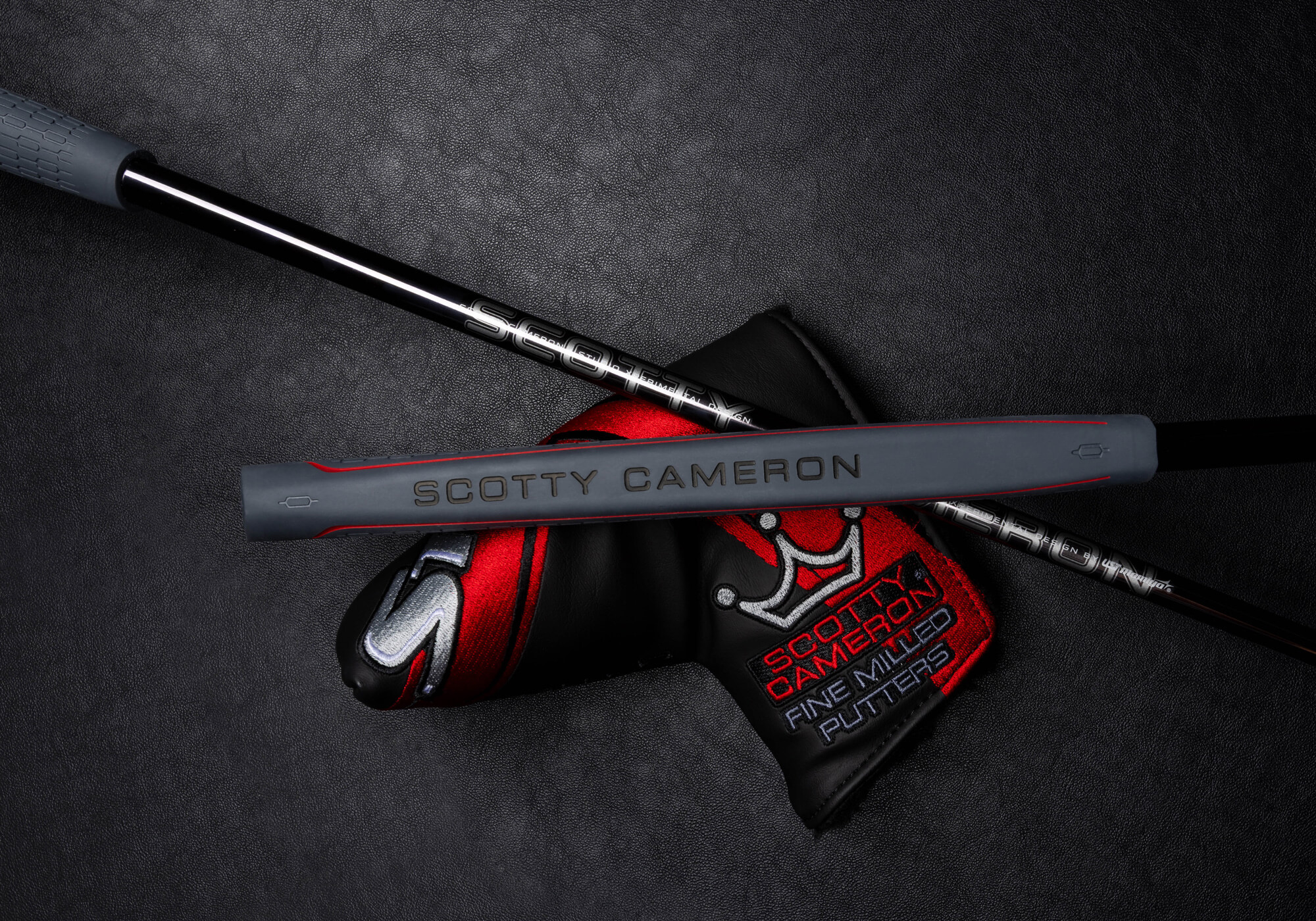

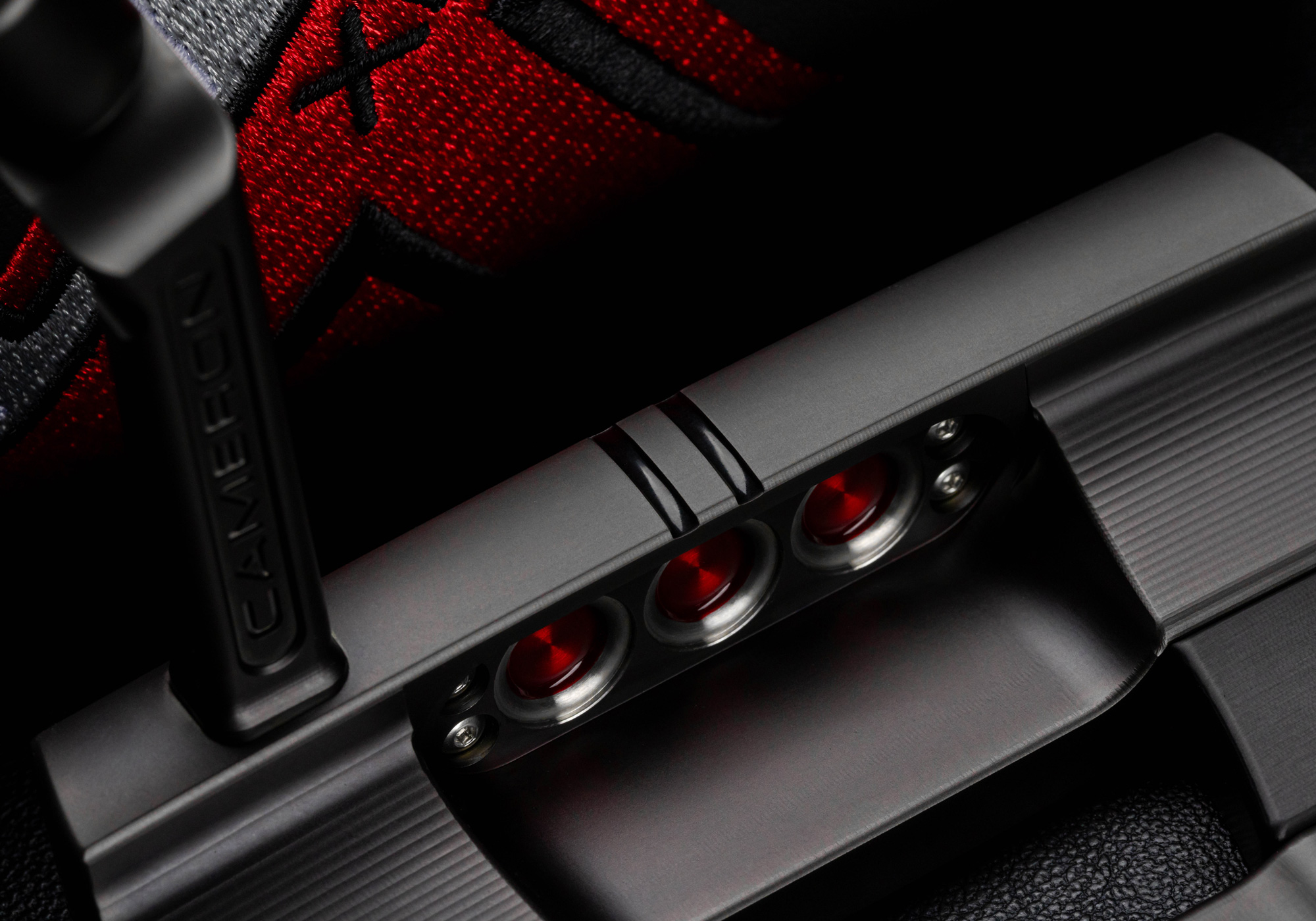
Sun Day Red Just Retro-ed Tiger Woods’ Debut Polo And I’m Here For It!
What were you up to as a 16-year-old?
I was probably rolling around in my minivan with my triplet brothers on the way to one of Utah’s now infamous soda shops.
But that was me.
Tiger Woods? He was casually making his debut (he was still an amateur at the time) at Riviera, wearing an iconic red-striped polo that, as it happens, Sun Day Red has decided to retro as a part of its new ’92 collection.
The ’92 collection is headlined, of course, by a polo inspired by the one he wore in his debut. But my personal favorite piece from the drop is the era-appropriate starter jacket in the same rich red hue.

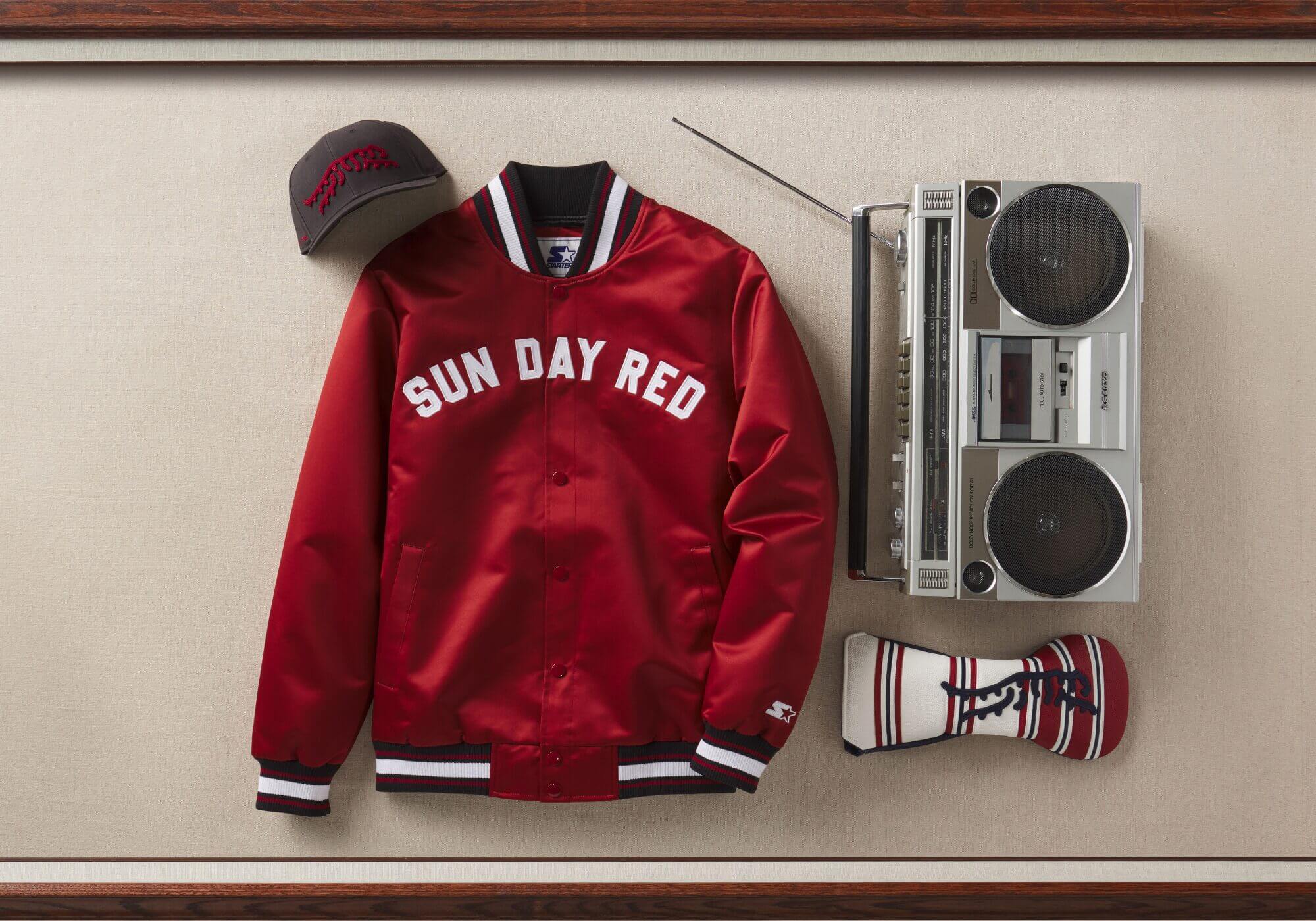
Rules Guy: Is it legal to putt while puffing a cigar?
If you like to enjoy a cigar during your round, is it legal to smoke it during your putting stroke? Rules Guy has the answer.
The post Rules Guy: Is it legal to putt while puffing a cigar? appeared first on Golf.
Why the Folds of Honor Collegiate is much more than a golf tournament
At the annual Folds of Honor Collegiate at American Dunes in Grand Haven, Mich., players are competing for something bigger than themselves.
The post Why the Folds of Honor Collegiate is much more than a golf tournament appeared first on Golf.
Titleist vs. Callaway Golf Balls: Which Is Best For You? (2025 Ball Test Results)
When it comes to golf balls, few matchups draw more debate than Titleist versus Callaway. Both brands have multiple models aimed at every golfer from tour-level control to soft-feel distance.
The 2025 MyGolfSpy Ball Test presented by UNRL compared 44 models across three swing speeds and full-bag performance (driver, iron, wedge). Below is a breakdown of how Titleist and Callaway performed across the bag based on the 2025 ball testing data.
Driver performance
The Chrome Tour Triple Diamond produced the lowest spin and flattest apex, making it the standout for high-speed players chasing total distance. The Chrome Tour X, however, generated the most spin among Callaway’s tour models.
Titleist’s Pro V1 and Pro V1x maintained steady spin and flight height across all speeds.
| Model / Category | Driver Flight & Height | Driver Spin & Distance Trend |
|---|---|---|
| Chrome Tour Triple Diamond | Lowest Callaway flight, flattest apex | Lowest spin, most rollout |
| Chrome Tour X | Higher flight, mid-high spin | Most spin among Callaway models |
| Chrome Tour | Mid flight | Balanced spin and distance |
| Pro V1x Left Dash | Lowest Titleist flight, flattest trajectory | Lowest spin, firm feel |
| Pro V1 | Mid flight | Mid spin, balanced performance |
| Pro V1x | Highest flight, highest spin | Most carry, consistent window |
| Chrome Soft/ERC Soft/TruFeel/AVX | Highest flight (among soft models) | Lower ball speed, higher apex |
Iron performance
With mid irons, the differences in spin and peak height became more noticeable. Chrome Tour X again stood out for producing the most spin and highest flight of the Callaway lineup.
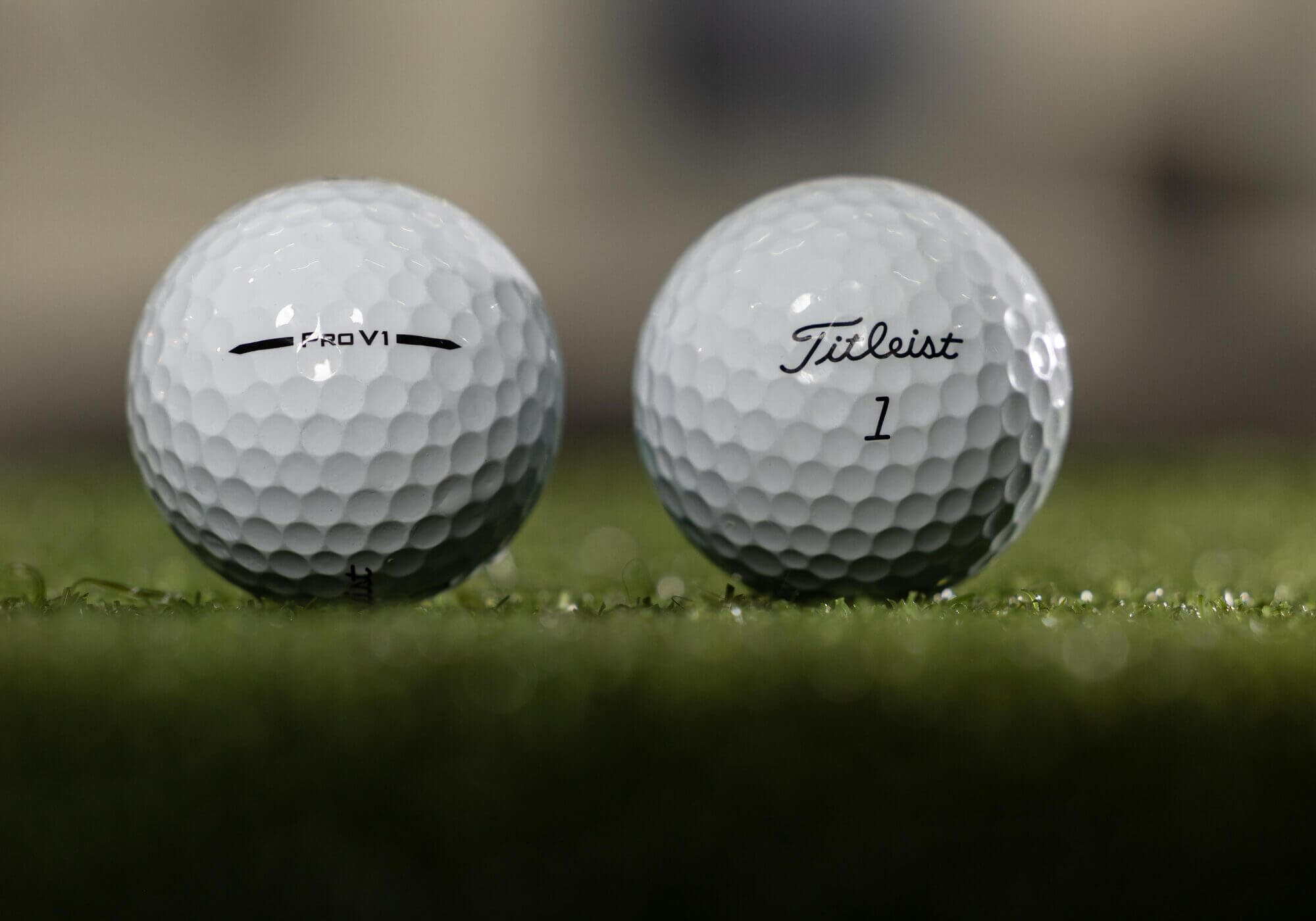
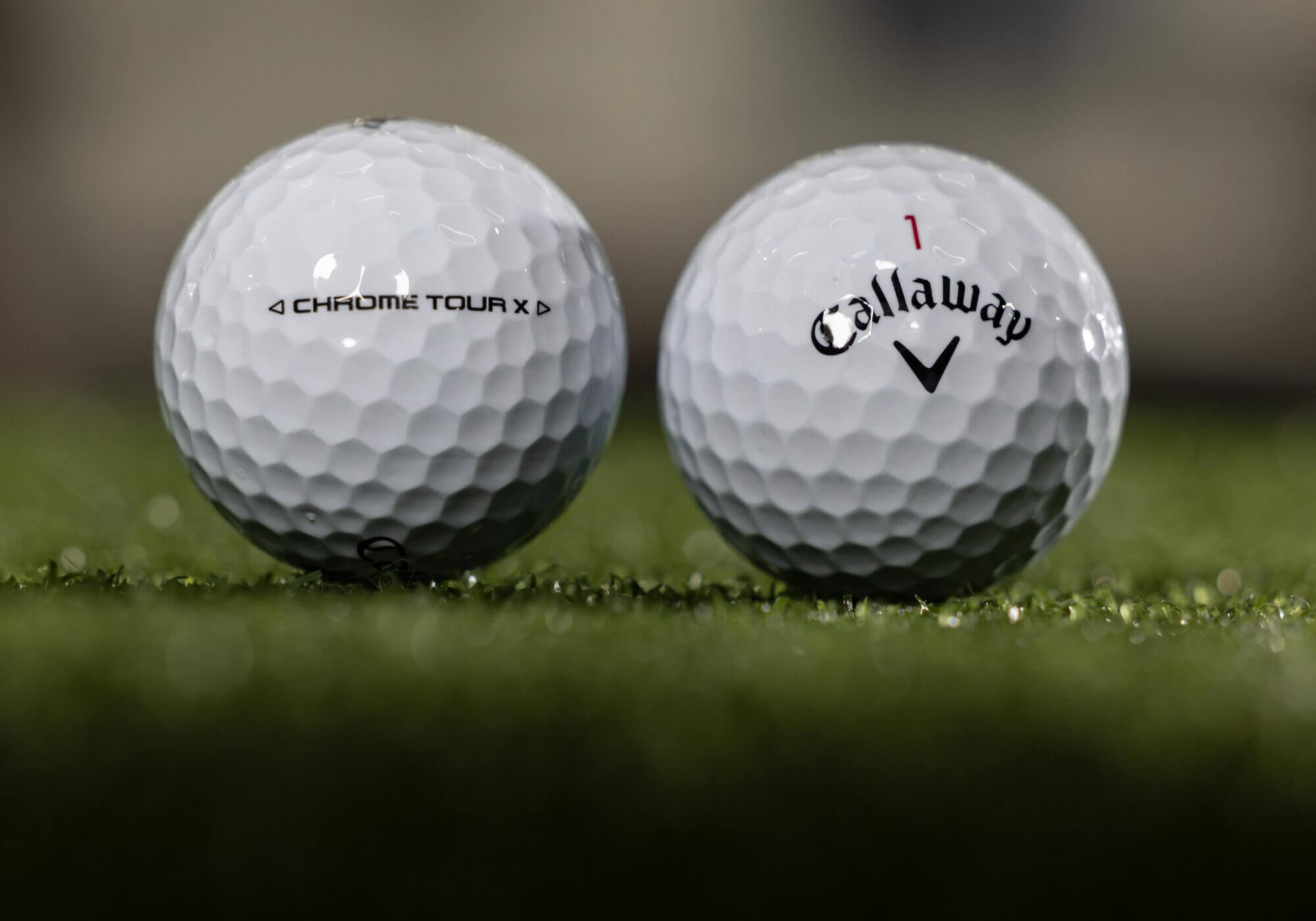
Optimal Launch And Spin Chart for Drivers: Are You In The Right Range?
Launch monitors have changed the game. Golfers can now see every number imaginable: ball speed, launch angle, spin rate, angle of attack, smash factor … the list goes on.
But access to data doesn’t automatically fix your golf swing.
The real challenge is understanding what those numbers mean and how to use them. Too many golfers look at a readout, see 12-degree launch, 2,800 rpm spin, and wonder if that’s “good.” It depends entirely on your swing speed, strike location and how the club is delivered at impact.
If you’re serious about dialing in your driver, knowing your optimal launch and spin windows is a good place to start.
Optimal launch and spin chart
Below is a simplified chart based on TrackMan data. These numbers assume a centered strike and a neutral to slightly positive angle of attack.

My 5 Favorite Finds Of The 2025 Golf Season (Tony Covey Edition)
Every year, there are products that stand out. Although it feels like there are fewer standouts each season, I still manage to find some things I genuinely love. With that in mind, here are my five favorite finds for 2025—a mix of gear that either solved problems I didn’t know I had or reminded me why I fell in love with certain categories in the first place.
Kjus Iver shorts
I’ll be honest. There’s a part of me that wishes I had never tried these Kjus shorts. They’ve completely ruined other golf shorts for me. The Kjus Iver shorts hit that perfect sweet spot: ideal weight, perfect stretch and a fit that’s not the least bit baggy while avoiding being too “Euro” in a way that makes both the guy wearing them and everyone else around him uncomfortable.
I’m not going to sugarcoat the price. They’re not cheap, but if you buy them in staple colors, you’re probably going to have them long enough to justify the investment.
Sunday Swagger apparel
Sunday Swagger isn’t a new brand but I’d admit that, as not the “apparel guy” around here, it’s new to me. My first real introduction came when I wrote the pieces I would, and wouldn’t, wear from their spring collection.
Truthfully, the material isn’t wildly different from a good bit of what’s out there but the shirts fit me well and the brand is always bold enough to inject some life into your wardrobe.





How To Build A Pre-Shot Routine That Actually Works
That inconsistency off the tee? Those three-putts that come out of nowhere? The iron shots that feel perfect on the range but fall apart on the course? They all trace back to one problem: You don’t have a reliable pre-shot routine.
Your pre-shot routine determines your mental state, physical readiness and shot execution. Get it wrong, and you’ll second-guess every swing, rush crucial shots, and let pressure destroy your game. Get it right and golf becomes repeatable, even under stress.
You don’t need complex visualization exercises or a sports psychologist. Three specific elements can transform your consistency faster than you’d think possible.
Why a pre-shot routine matters
Most golfers obsess over swing mechanics, equipment and fitness. Meanwhile, their lack of routine undermines everything else.
A rushed, random approach produces anxiety and poor decisions. You stand over the ball thinking about mechanics, worrying about hazards, replaying your last bad shot. This mental chaos creates tension, rushed swings and that sickening feeling of losing control.


LIV Golf faces 5 fascinating offseason questions | Monday Finish
LIV questions — plus the PGA Tour's step-skipper, the righty putter who's found lefty success and much more in the Monday Finish.
The post LIV Golf faces 5 fascinating offseason questions | Monday Finish appeared first on Golf.
This inventive King-Collins 9-holer should be your next New York golf stop
King-Collins' creative nine-hole course at Inness is a must-play, and it should be your next New York golf destination.
The post This inventive King-Collins 9-holer should be your next New York golf stop appeared first on Golf.
This 'game-improvement' fairway wood has won multiple PGA Tour titles
The Titleist GT1 fairway wood was originally designed as a "game-improvement" club, but now it has two PGA Tour titles.
The post This ‘game-improvement’ fairway wood has won multiple PGA Tour titles appeared first on Golf.
Number of Golf Courses in the USA
The United States boasts a robust and diverse golf course landscape, catering to a wide range of enthusiasts from casual players to professional athletes. The number of golf courses in the USA has seen various trends over the decades, influenced by economic factors, real estate development, and the sport's popularity. Understanding these numbers provides insight into the health and direction of the golf industry.
Key Statistics on Golf Courses
While the exact number can fluctuate due to new constructions and closures, various industry reports and associations regularly track the total number of golf courses. These reports often categorize courses by type (public, private), size (18-hole, 9-hole), and geographical distribution.
Total Number of Golf Courses
Based on recent industry data, the United States generally maintains a total number of golf courses in the range of 14,000 to 15,000 facilities. This figure includes both regulation 18-hole courses and shorter 9-hole or executive courses.
Distribution by Course Type
The majority of golf courses in the USA are accessible to the public. The breakdown typically looks like this:
After losing PGA Tour event, Kapalua forges onward: 'A real rollercoaster'
After the PGA Tour pulled the plug on its Sentry event at Kapalua, the Maui resort has remained sanguine about any potential fallout.
The post After losing PGA Tour event, Kapalua forges onward: ‘A real rollercoaster’ appeared first on Golf.
Pro's late-season gear change helped save his PGA Tour card
Rico Hoey is an elite ball-striker but a troublesome putter left him on the wrong side of the top 100 bubble. One switch changed everything.
The post Pro’s late-season gear change helped save his PGA Tour card appeared first on Golf.
Amazon’s $1 Golf Ball: Is It a Steal or a Total Disaster? Here’s What We Know So Far
We are working on getting the new balls robot tested, and we’ll get those results to you as soon as possible. In the meantime, we’ve dug a little bit deeper to find out more about the specifications of the new ball.
Here’s what we know so far.
A Familiar Factory
The Amazon Core Soft is produced by SM Global. That’s the same factory that produces the Kirkland Performance+, both PXG Xtreme Models, and the Malbon golf ball.
Where the stories diverge is that while those other balls feature urethane covers, the more affordable (that’s saying something when Kirkland is in the mix) Amazon ball is an ionomer-covered offering.
Dimple patterns are equally familiar
It’s not unusual for balls from the same factory to feature the same dimple patterns. Great examples are balls from Maxfli, Vice, OnCore and more that share Foremost’s 318-dimple cover.

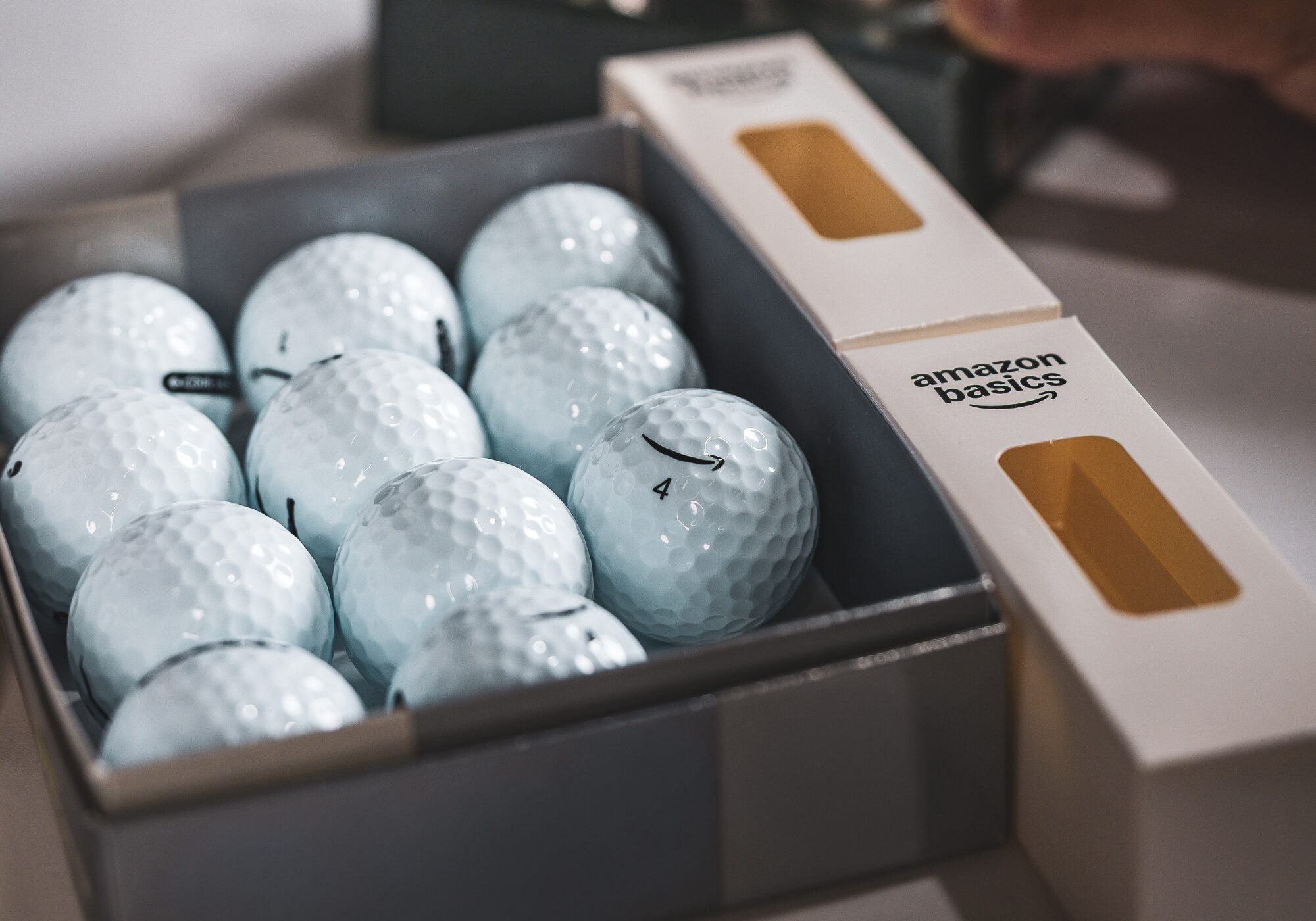


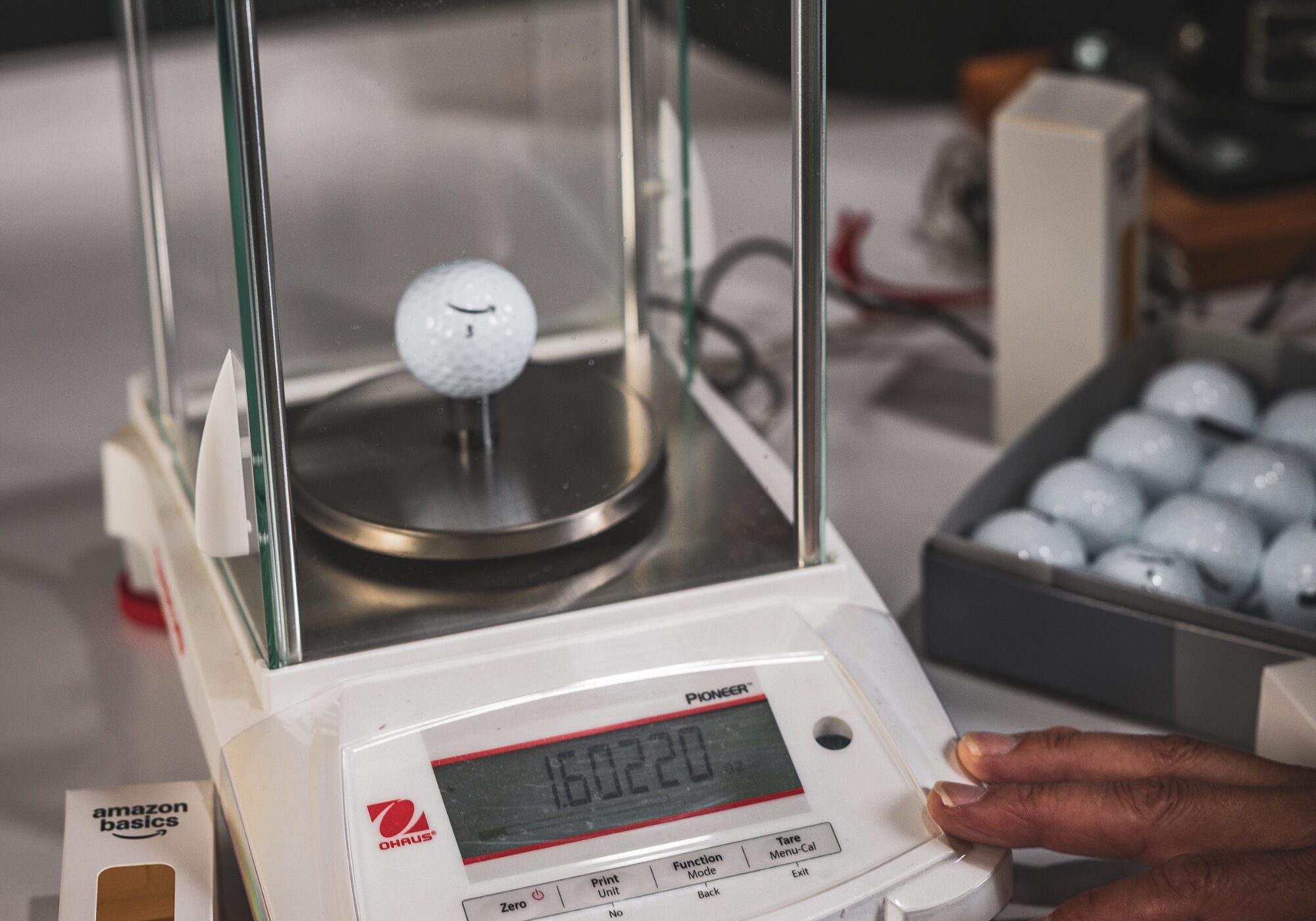
Callaway Chrome Tour Cats: When Limited Edition Goes Too Far
Earlier this year, Callaway released Chrome Tour Shark golf balls. Today, they’ve jumped them. Every last one.
Much to the dismay of many of you (particularly our friends in the UK who apparently hate fun), I’ve been all in on this limited-edition stuff this year. It doesn’t matter if we’re talking about golf balls, headcovers or other bits of golf gear miscellany. I’ve been here for every last bit of it.
But cats? I’m sorry but limited edition or not, cats on golf balls (especially since we’re not talking about Supersoft) is a bridge too far.
And to be clear, Callaway didn’t lose track of when April Fools’ Day is. This is an entirely real thing that is happening (to us).
When the marketing department runs out of ideas
According to Callaway: “Cats have entered the chat. Chrome Tour Cats is a limited-edition collection that celebrates the playful and independent spirit of our feline friends. With designs inspired by Charlie, Birdie, Chippy, and Thor, this drop captures the essence of cat charm. Built on the foundation of Chrome Tour, you’ll enjoy Tour-level performance with incredible speed, control, and feel.”
